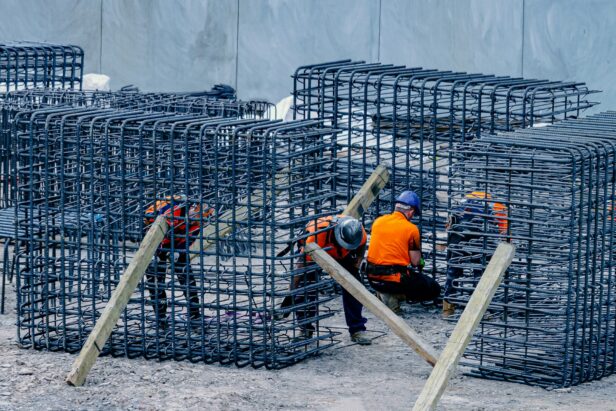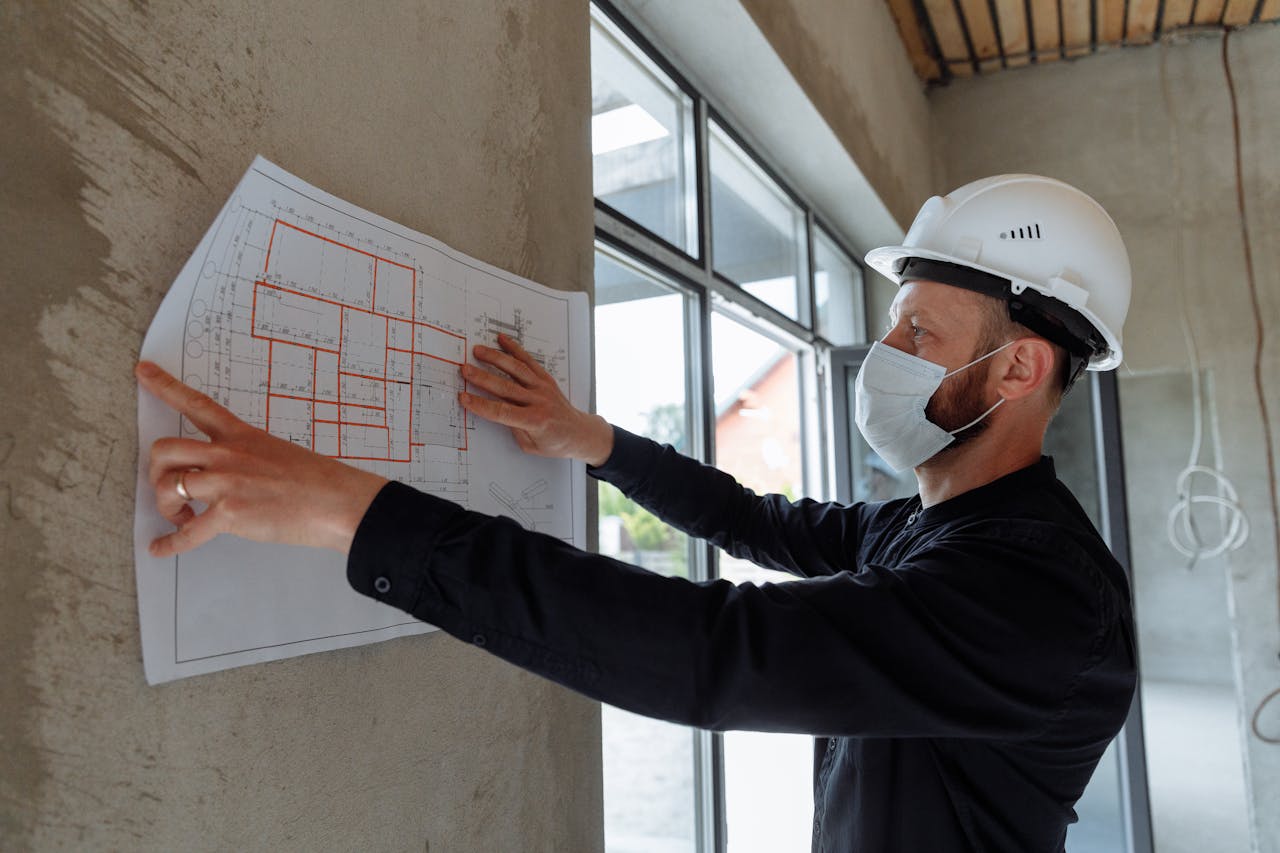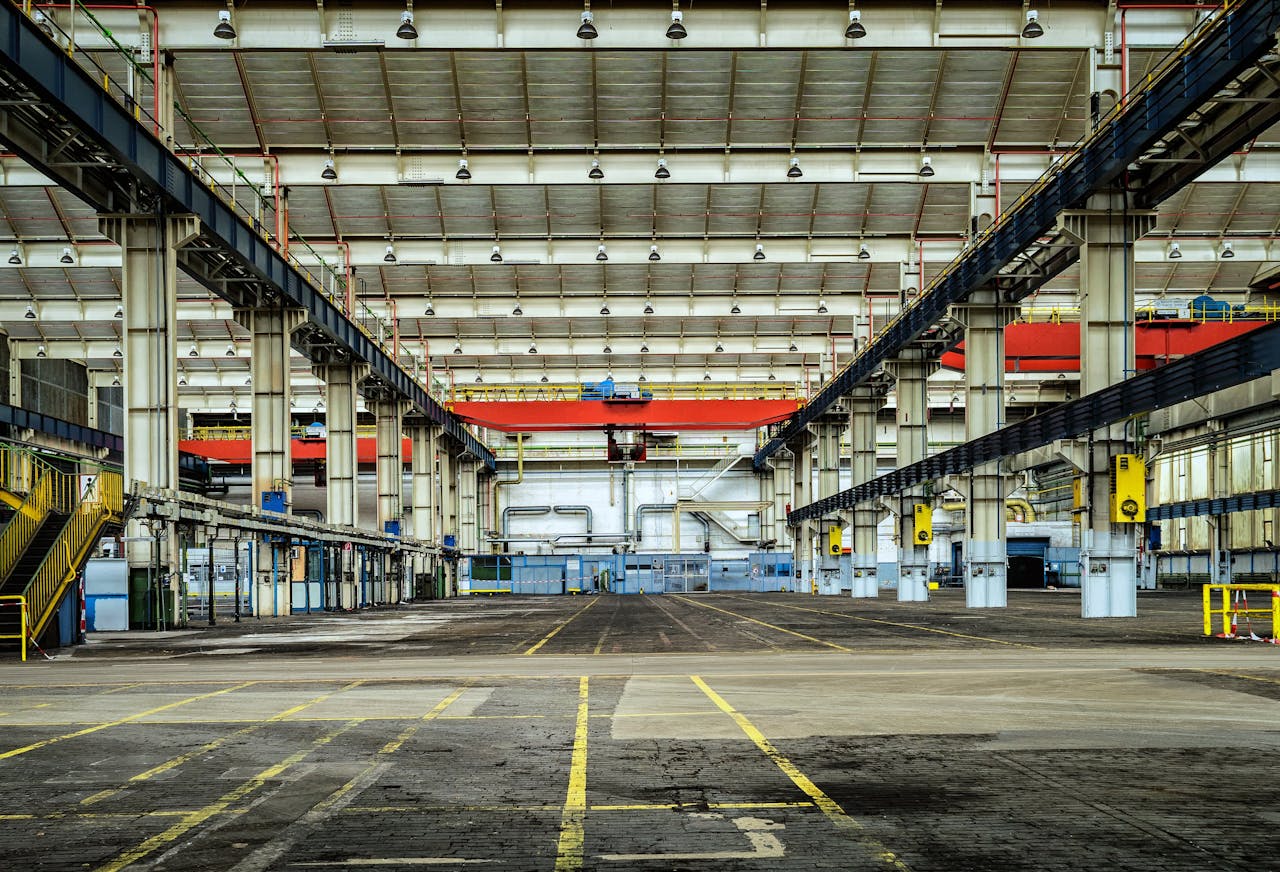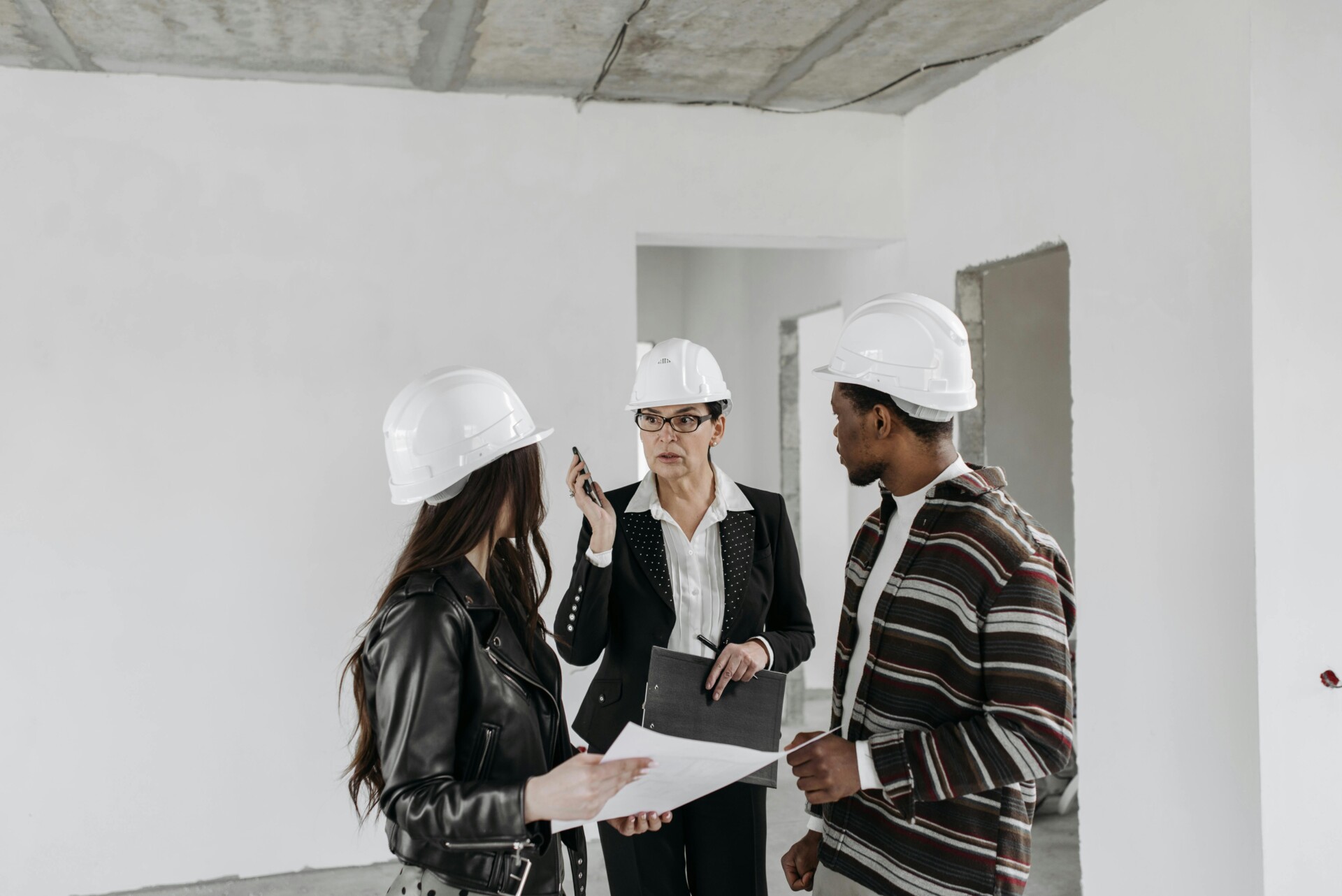The Dallas-Fort Worth metroplex has experienced a construction surge that outpaces many comparable markets nationwide, with the region’s industrial sector alone seeing significant expansion in recent years. Commercial construction DFW encompasses a comprehensive range of building types and delivery approaches that serve the area’s diverse economic base.
We execute projects across multiple sectors including corporate offices, distribution centers, retail establishments, multifamily housing, and specialized facilities throughout the DFW region. The scope covers everything from ground-up construction to tenant improvements and ongoing facility maintenance, supported by advanced construction management practices that address the unique challenges of this dynamic market.
Which Delivery Methods Fit DFW Commercial Projects?

Owners in DFW select from several proven delivery models based on project requirements and collaboration preferences. Each method brings distinct advantages for managing scope, timeline, and cost control throughout the construction process.
Design-Build for Unified Project Teams
Design-build combines design and construction under one contract, creating seamless coordination between architects and builders. We see this method work well for projects requiring fast-track scheduling or when owners want single-source accountability. The unified approach allows real-time estimating during design development, helping control costs before they become issues.
This method excels on projects where construction input can improve design decisions early. Manufacturing facilities, distribution centers, and office buildings often benefit from the constructability insights we bring to the design phase.
Construction Manager at Risk (CMAR) for Cost Control
CMAR projects bring us into the team during preconstruction while maintaining separate contracts with the design team. We provide early collaboration on scheduling, budgeting, and value engineering while accepting financial responsibility for cost overruns. This structure gives owners both design independence and construction expertise from project start.
Many DFW projects use CMAR when owners need detailed cost control and schedule management. The guaranteed maximum price structure provides budget certainty while allowing design flexibility through the development process.
Integrated Project Delivery for Complex Coordination
IPD creates shared accountability among all project stakeholders from design through completion. We work directly with architects, engineers, and key subcontractors as an integrated team, sharing both risks and rewards based on project performance. This method requires significant coordination but delivers strong results on complex projects.
Deep team integration works best on projects with challenging technical requirements or when innovation drives the design approach. Critical path scheduling becomes a collaborative effort across all team members.
EPC for Manufacturing and Industrial
Engineering, procurement, and construction (EPC) delivery handles the complete project development for manufacturing-focused work. We manage engineering design, equipment procurement, and construction execution under single contract responsibility. This approach works well for industrial facilities requiring specialized systems and equipment.
EPC projects often involve complex mechanical systems, process equipment, and strict operational requirements that benefit from integrated project management across all phases.
General Construction for Straightforward Projects
Traditional general construction follows the design-bid-build sequence, with complete design documents before construction begins. We work from finalized plans and specifications, providing competitive pricing based on defined scope. This method suits projects with clear requirements and standard construction approaches.
Owners often choose this path when they have experienced design teams and want competitive bidding on well-defined scopes.
Starting with a Clear RFQ Process
Project selection typically begins with a detailed request for qualifications (RFQ) that defines project scope, delivery method preferences, and team requirements. A well-structured RFQ helps owners evaluate contractor capabilities, relevant experience, and approach to safety programs. This process ensures alignment between owner’s project goals and contractor selection before moving to pricing discussions.
All delivery methods benefit from strong preconstruction services, technology integration, and comprehensive safety programs that support project success from start to finish.
What Markets And Project Types Are Most Common?
DFW commercial construction spans distinct market segments that reflect the region’s economic diversity. Office construction DFW remains a cornerstone, encompassing corporate headquarters, multi-tenant buildings, financial institutions, healthcare facilities, and dental practices. These projects drive significant activity across the metroplex, from Plano’s corporate campuses to downtown Dallas high-rises.
Industrial construction DFW dominates the logistics landscape. Distribution centers anchor the region’s position as a national shipping hub, while manufacturing facilities support everything from aerospace to food processing. Waste and recycling operations, energy infrastructure, and specialized industrial facilities round out this robust sector.
Office Construction Segments
Corporate facilities represent the highest volume of office construction, with companies establishing regional headquarters and expanding operations. Multi-tenant developments provide flexible space options in suburban markets like Frisco and Richardson. Financial services construction includes banks, credit unions, and investment firms requiring specialized security and technology infrastructure.
Healthcare and dental construction demands unique MEP coordination and specialized systems. Medical offices, urgent care facilities, and dental practices require precise HVAC controls, medical gas systems, and specialized electrical configurations that we coordinate carefully during preconstruction.
Industrial And Warehouse Development
Distribution centers dominate industrial construction, with facilities ranging from 100,000 to over one million square feet. These projects typically feature clear-span designs, extensive loading dock configurations, and sophisticated warehouse management systems. Manufacturing facilities serve diverse industries, from semiconductor assembly to food processing operations.
Energy-related construction includes pipeline support facilities, electrical infrastructure, and renewable energy projects. Waste and recycling facilities require specialized containment systems, environmental controls, and heavy-duty structural components that we integrate through careful planning.
Retail And Service Construction
Retail construction DFW encompasses everything from convenience stores to major shopping centers. Car wash facilities require specialized plumbing and drainage systems. Hotels demand complex MEP coordination for guest rooms, meeting spaces, and service areas. Self-storage facilities need security systems, climate control options, and efficient access designs.
Child care facilities require specific safety features, specialized HVAC systems, and playground integration. Restaurants involve complex kitchen ventilation, grease management, and dining area layouts. Strip malls coordinate multiple tenant spaces with shared utilities and parking. Automotive facilities need lift systems, compressed air, and specialized drainage.
Housing And Senior Living
Multifamily construction DFW includes apartment complexes, condominiums, and mixed-use developments. These projects require coordination of individual units with shared amenities, parking structures, and common areas. Senior housing construction addresses specific market segments with distinct requirements.
Independent active communities feature fitness centers, social spaces, and maintenance-free living options. Assisted living facilities require specialized accessibility features, nurse stations, and emergency response systems. Memory care construction demands secure environments, specialized lighting, and therapeutic design elements that we coordinate through detailed planning and specialized consultants.
Project Type Variations
New construction allows optimal system integration and efficiency but requires extensive site preparation and utility coordination. Expansions connect new spaces to existing systems while maintaining operations. Remodels and renovations update older facilities with modern systems and layouts.
Tenant build-out projects create customized spaces within existing buildings. These range from simple office improvements to complex medical fit-outs requiring specialized systems. Facility maintenance includes preventative care, system upgrades, and emergency repairs that keep buildings operating efficiently.
Which Building Systems And Materials Show Up In DFW?
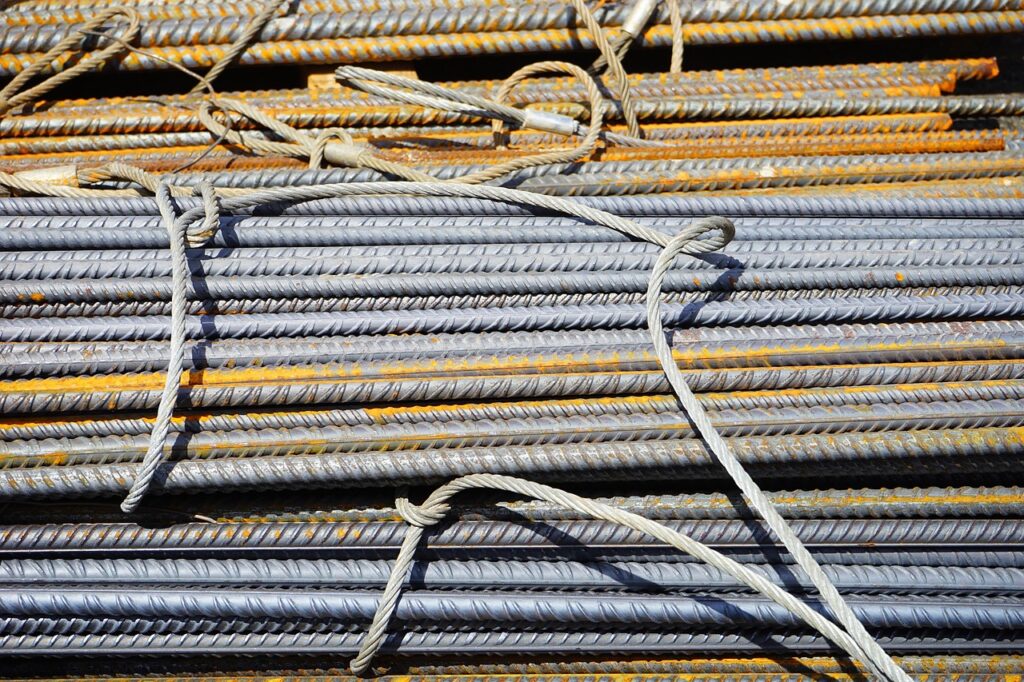
DFW construction projects rely on proven building systems that balance speed, cost, and performance requirements. We frequently encounter four primary approaches that shape how projects get built across the region.
Tilt-Wall And Precast Concrete Systems
Tilt-wall construction dominates many commercial projects because panels form on-site and tilt into place efficiently. We pour concrete panels horizontally on the ground, embed steel reinforcement, and position them with cranes once cured. This approach reduces labor time and weather delays while delivering structural durability.
Precast concrete systems take fabrication off-site, where controlled conditions ensure consistent quality. Precast panels arrive ready for installation, which accelerates construction schedules. Both systems handle the clay soils commonly found in North Texas effectively, providing stable foundations that resist soil movement and expansion.
These concrete approaches work well for warehouses, distribution centers, and office buildings where clear spans and load-bearing capacity matter. We see them frequently in projects requiring fire resistance and long-term structural integrity.
Pre-Engineered Metal Buildings
Pre-engineered metal buildings serve industrial and storage applications where cost control drives decisions. Steel frame components arrive fabricated and ready for assembly, which streamlines steel erection and reduces field labor requirements.
We use these systems for manufacturing facilities, warehouses, and aircraft hangars where large clear-span structures provide operational flexibility. The engineered approach allows designers to optimize steel usage while meeting specific load requirements and building codes.
Metal buildings adapt well to expansion needs since adding bays or extending structures integrates with the original framework. This flexibility appeals to growing businesses that anticipate future space requirements.
Fabric-Covered Clear-Span Buildings
Fabric-covered structures provide cost-effective solutions for storage, athletics, and temporary facilities. We install steel frames that support tensioned fabric covers, creating clear-span spaces without interior columns.
These systems offer repair and replacement advantages since covers can be serviced or updated without major structural work. The fabric materials resist weather while allowing natural light transmission, which reduces lighting costs during daytime operations.
We encounter fabric buildings in salt storage, equipment storage, and recreational facilities where traditional construction costs exceed project budgets. The systems install quickly and provide immediate weather protection.
Wood-Framed Structures
Wood framing appears on select commercial scopes, particularly office buildings and retail spaces with moderate spans and height requirements. We use engineered lumber products that provide consistent performance while meeting building code requirements.
These structures work well for tenant build-outs and renovations where existing systems integrate with wood components. The material handles modifications and future changes more easily than concrete or steel systems.
Wood framing suits projects with shorter construction timelines and moderate structural loads, though we coordinate carefully with soil testing results to ensure proper foundation support.
Quality Assurance And Constructability Review
Virtual modeling and structural reviews help align building systems with project requirements before construction begins. We conduct soil testing to verify foundation approaches and assess how different systems will perform on specific sites.
Quality assurance processes verify that materials and installation meet specifications throughout construction. These steps prevent costly corrections and ensure systems perform as designed over their service life.
Constructability review examines how different systems coordinate with MEP installations, scheduling requirements, and site logistics. This analysis identifies potential conflicts before they impact construction progress or project budgets.
How Do Preconstruction, Value Engineering, And Building Performance Impact Results?
Successful construction outcomes depend heavily on decisions made before the first shovel breaks ground. Research consistently shows that the greatest opportunities for cost savings and performance improvements occur during preconstruction phases, when scope adjustments and design optimization carry minimal impact on schedule or budget.
Preconstruction Planning Sets The Foundation
We approach preconstruction as a strategic phase where aligning scope, specifications, and documentation creates lasting value. Design collaboration between architects, engineers, and construction teams during this period allows us to identify potential conflicts early and resolve them cost-effectively. Real-time estimating during design development helps maintain budget accuracy as decisions evolve, preventing costly surprises later in construction.
This collaborative approach proves particularly valuable in DFW’s competitive market, where accelerated schedules and cost control determine project success. Teams that invest in thorough preconstruction planning typically see smoother construction phases with fewer change orders and delays.
Value Engineering Drives Cost Optimization
Value engineering examines every project component to maximize function while controlling costs. We analyze materials, systems, and construction methods to identify alternatives that deliver equal or superior performance at lower expense. This process goes beyond simple cost-cutting to enhance overall project value through strategic material selection and optimized specifications.
For example, analyzing HVAC systems during preconstruction might reveal that variable refrigerant flow systems provide better energy efficiency and lower lifecycle costs than conventional approaches, even with higher upfront investment. Similarly, evaluating structural systems early can identify opportunities to use precast concrete or steel framing that accelerates construction while maintaining design intent.
Documentation alignment ensures that value engineering decisions translate smoothly into construction documents, preventing confusion during implementation. When specifications clearly reflect optimized choices made during preconstruction, contractors can execute work more efficiently.
Building Performance Tools Enhance Long-Term Operation
Virtual Design and Construction (VDC) capabilities allow us to model building systems digitally before construction, identifying potential clashes between mechanical, electrical, and plumbing components. VDC streamlines workflows and minimizes risks throughout project lifecycles, enabling better coordination and reducing costly field modifications.
Quality assurance and quality control protocols verify that construction meets design standards and building codes. QA/QC processes catch deviations early, when corrections cost less and cause minimal schedule impact. These systematic reviews ensure that materials and installation methods align with project specifications.
Building commissioning verifies that HVAC, electrical, and plumbing systems operate as designed. This process includes testing equipment performance, calibrating controls, and training facility operators. Commissioning catches operational issues before occupancy, ensuring systems deliver intended performance and efficiency.
MEP coordination becomes critical as building systems grow more complex. Proper coordination prevents conflicts between ductwork, piping, and electrical runs while optimizing space usage within ceiling cavities and mechanical rooms. Early MEP coordination reduces installation time and minimizes costly field coordination issues.
Ongoing Facility Services Protect Investment Value
We extend our construction expertise into facility maintenance and tenant improvement services. Preventative maintenance programs protect building systems and extend equipment life, while urgent repairs address unexpected issues promptly to minimize tenant disruption.
Concrete services include structural repairs, floor polishing, and expansion joint maintenance that preserve building integrity over time. These services help property owners maintain their investments while preparing spaces for new tenants or operational changes.
Tenant build-outs and interior improvements require the same attention to preconstruction planning and building performance as new construction. We coordinate with existing building systems to ensure new work integrates seamlessly while meeting tenant requirements and building codes.
Conclusion And Next Steps
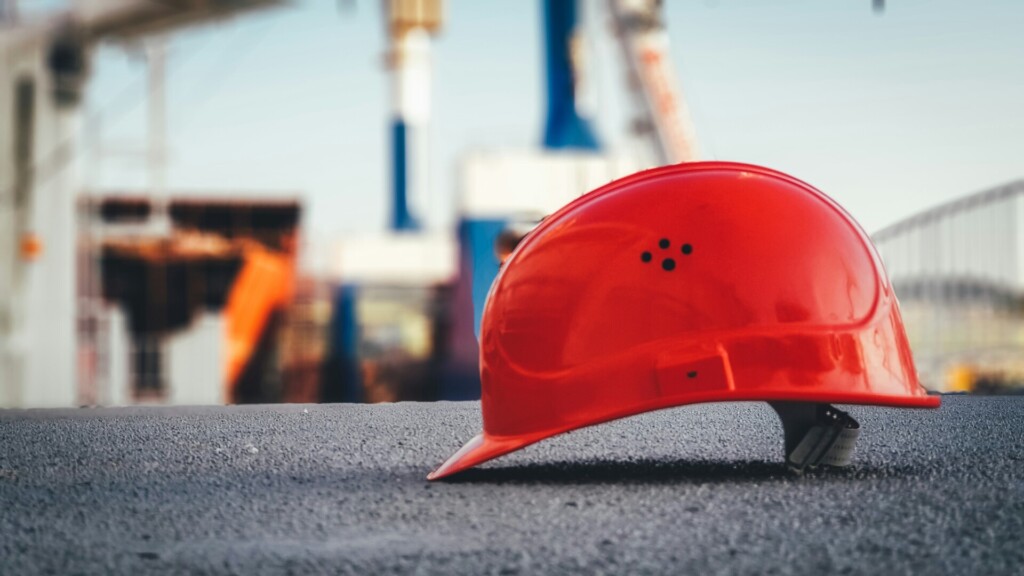
Commercial construction DFW encompasses a broad spectrum of opportunities across office buildings, industrial facilities, retail spaces, multifamily housing, and specialized structures. Success depends on making informed decisions about delivery methods, building systems, and preconstruction processes that align with your specific project goals and collaboration requirements.
Your next steps should focus on three critical areas of RFQ development and project definition. Define your building system requirements early, whether you need tilt-wall concrete for durability, precast systems for speed, pre-engineered metal buildings for cost efficiency, or fabric-covered structures for specialized applications. Select a delivery method that matches your collaboration preferences and risk tolerance, with design-build collaboration offering streamlined communication and construction manager at risk providing early cost control. Prepare a detailed RFQ that clearly outlines project scope, timeline expectations, and performance requirements to attract qualified contractors who understand DFW market conditions.
Contact EB3 Construction to discuss your DFW commercial construction project and explore how we can support your development goals.

